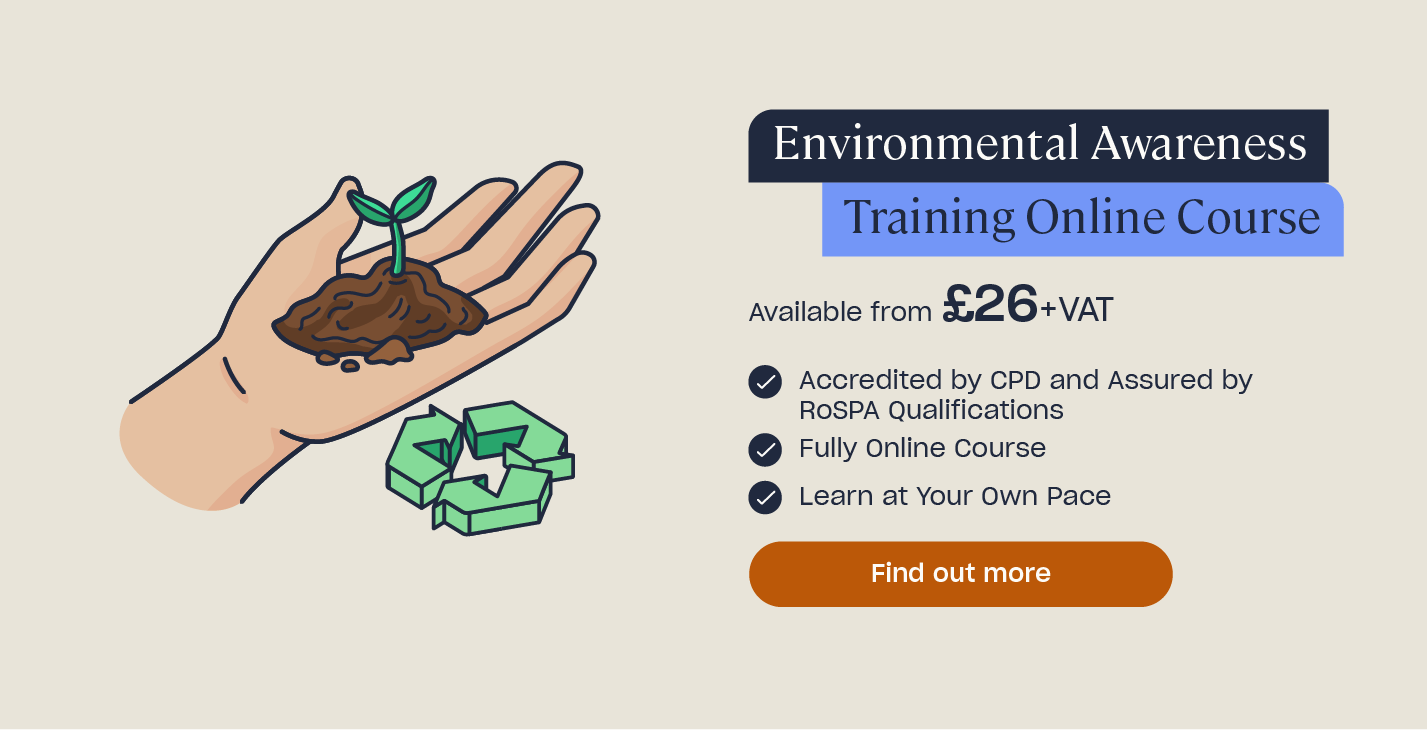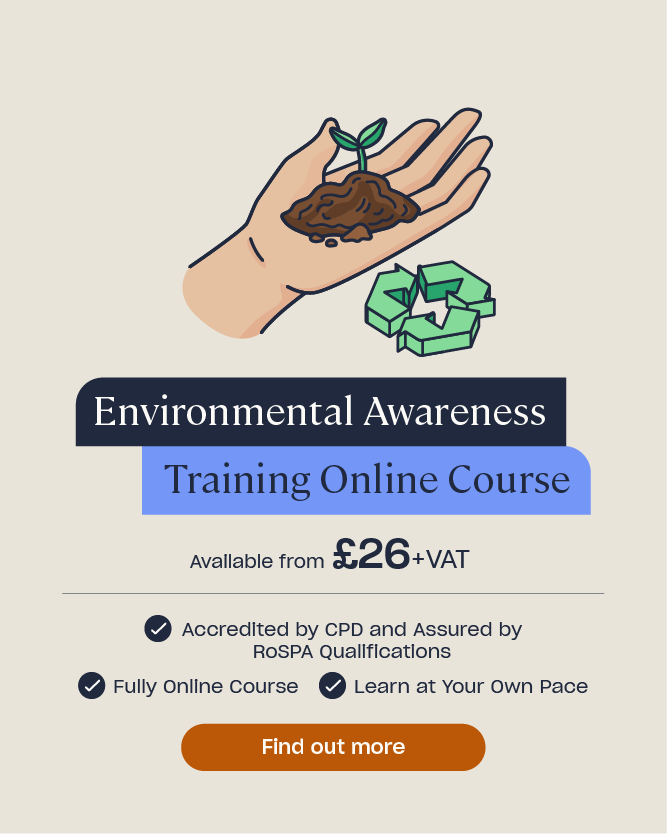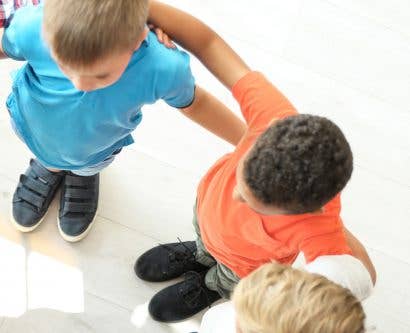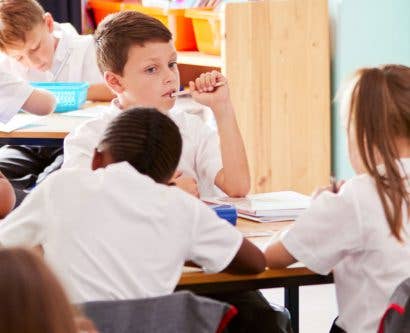Environmental Awareness For Children: Ideas for Teachers
Activity 1: Outdoor Scavenger Hunt
Take your class out into the playground, playing field or local park and get them to locate various environmental sights. Who can collect 5 different leaves? Who can spot the biggest tree? How many ladybirds can they see?
A scavenger hunt will get children thinking about the world around them and encourage them to pay attention to the different plants and beasts that live on their doorstep. Use this online picture scavenger hunt as a template.
Activity 2: Minibeast Safari
This game is fun for younger KS1 children; head to the park or school playground and see how many different insects you can spot. Did they know that so many different species lived just outside their school?
For older KS2 children, give them a list of insects and get them tick when they’ve spotted one and write down where they saw it. This ties in well with a lesson plan about habitats.
Activity 3: Make a Rain Gauge
A perfect science-based activity for KS2 children to teach them about rainfall and weather.
You could even conduct the experiment in different seasons to see how the rainfall changes over the course of a year. The UK Met Office provides some simple instructions for making your own rain gauge:
Activity 4: Make a Leaf Collage
Younger students will love this fun art activity. You could choose to go and collect fallen leaves as a mini class field trip or ask them to bring some in from home.
Identify all of the leaves that your class have found and then challenge your students to make a picture using only paper, leaves, pens and glue. Maybe you could make leaf-monsters for Halloween? Try the Natural History Museum’s ‘Tree Identification Key’ for more help.
Activity 5: Make a Weather Map
If you’re looking for an educational activity about climate, why not try re-creating your very own classroom weather map? Get hold of a large map of the UK and create some sunshine, cloud, thunder etc symbols and then re-create the weather forecast for each day.
Ask your students to make a habit of finding out what the weather will be the night before and then stick on the forecast for England, Scotland, Wales and Northern Ireland the next morning. Why do your students think the weather is different across the UK? Why is it sunny in England but raining in Scotland?
Activity 6: Growing Cress Seeds
Teach your students about germination and photosynthesis by setting them a little science experiment.
Divide your class into groups: get one group to plant their seeds in a dark cupboard, another with no water and one on the windowsill with both light and water.
Which seeds grow the best? Why is this the case?
Need a Course?
Our Environmental Awareness Training is an introductory level course on the topic of environmental awareness. It is designed to help workers of all disciplines to understand their responsibility to work in a sustainable, environmentally friendly way.
Activity 7: Make a Wind Turbine
This science activity is great for KS2/KS3 children who want to learn more about the weather as well as how wind turbines can be used as a source of renewable energy.
Create your lesson plan around green energy and the different sources that can be used and then recreate your own windmills to take outside. Try this simple pinwheel turbine from Alliant Energy for younger kids.
Activity 8: Recycled Robots
Ask your students to bring in a few bits of waste packaging from home that were going to be thrown away – think cardboard boxes, plastic bottles and tin foil.
Collate all the waste items on a table and then get your class to re-use and recycle the materials and make rubbish robots!
This is a fun craft activity that will educate children about the amount of rubbish that gets thrown away and could be recycled.
Activity 9: Bee Friendly Garden
Bees are a vital part of our gardens but their importance can often be overlooked. They are also in decline due to the removal of flowers from the landscape leaving them with little food.
Give your KS2 class a lesson in bumblebees by planting some flowers in your school playground and teaching them about pollination. Try this Flower Finder from the Bumblebee Conservation Trust to identify the bee-friendly flowers and find out your current bee kind score.
Activity 10: Have a Paper-Free Day!
Can you challenge your class or your school to go an entire day without using any paper? Use the challenge to raise awareness of the amount of paper that gets used and goes to waste every day in your school.
Do the children miss the paper? Do they find it hard not to use any?
Think about everything from worksheets to text books and posters on the wall. How would they recommend the school saves paper in future? This can be quite a difficult challenge and so is better suited for older KS2/KS3 students!
Activity 11: Recycling Jam Jars
Raise awareness about the importance of recycling with this creative activity, suitable for all key stages of education.
Challenge your students to come up with an alternative use for used jam jars, plastic bottles or cereal boxes.
Ask ‘how could we reuse these items in the future to prevent them going to waste?’
Activity 12: Matching Pairs
A fun activity for KS1 and KS2 pupils: make some ‘matching pairs’ cards featuring endangered animals. Can they find all the pairs? This is a simple activity that will raise awareness of protecting the future of these vulnerable animals.
For older students, why not make up pairs of the animals and their countries or the animals and their natural habitats?
Activity 13: Energy Quiz
Quizzes are great for older KS3 students and are a fun way to learn more about renewable energy sources, electricity and fuel. Create a quiz to see how much your students already know and educate them further on the topic. Perhaps you could get them to write their own quiz questions to present to the rest of the class?
This energy quiz from the BBC is a great online activity that you could incorporate into an IT lesson plan.
Activity 14: Eco-Friendly Classroom
Challenge your students to make the classroom more environmentally friendly – what would they change?
Encourage the children to reuse old carrier bags, recycle their paper, turn the lights off, turn the computers off at night and wear an extra jumper to keep warm.
How difficult are their suggestions to put into practice? Could some of their ideas be used in the classroom from now on?
Activity 15: Lunch Without Waste
This is a simple activity that gets your class thinking about how much rubbish they create every day. Ask your students to bring in their lunch the next day as normal and keep all the packaging they’ve used, including cling film, tin foil, yoghurt pots and chocolate bar wrappers etc.
How much rubbish has each pupil created just from one meal? How would this multiply over a week, a month and a year? If you want to take this idea a step further, challenge your students to try and bring in their lunch the day after without any packaging at all!
Activity 16: Nature Bingo
Head outside into the playground or local park and give each of your KS1/KS2 students a nature bingo card.
Who can spot all of the things on their card?
Choose sights such as a tall tree, an acorn, a duck and a ladybird to get your children learning about the world around them and the other wildlife and plants that live there.
Activity 17: Walk to School Week
Take part in the yearly Walk to School Week event and encourage each of your students to walk the whole way, or part of the way, to school every day for a whole week! The campaign aims to encourage parents and children to leave the car at home and get fit by walking to and from school.
It’s also a great way to educate your pupils about the impact that cars can have on the environment. You can find out more about the event below.
Activity 18: Calculate Food Miles
Teach your class about the distance food has to travel before it reaches their table and the environmental impact that this has had. Bring in some food items from different origins and get the pupils to think about how it has arrived in the classroom. For example, the banana may have been transported by truck, then a boat, then a supermarket lorry and then their teacher’s car just so they can look at it now!
Use the Food Miles website calculator to work out how far your food has travelled.
Further Resources:
- Environmental Awareness For Kids Quiz
- 7 Creative Classroom Exercises for Teaching SEN Children
- Promoting Equality & Diversity in the Classroom – Tips for Teachers
- Electrical Safety for Kids: A Teacher’s Guide
- Curiosity Approach in Early Years: Importance and Ideas
- Forest School: What Is It and What Are the Benefits?
- How to Create a Positive Learning Environment
- Environmental Awareness Training











